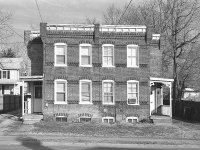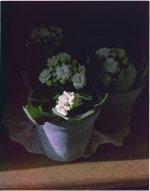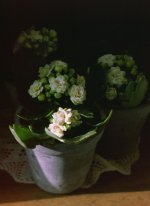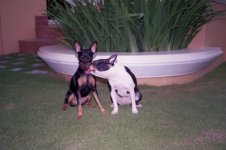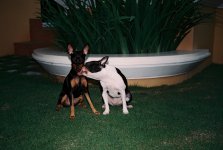Kat
Well-known
I just got myself an Epson Perfection 4490. I tried scanning a couple of negs today, and I found that the result (staight from the scanner) needs a lot of work. Compared to the scans I got from our local Fuji minilab, the Epson's scans were quite soft, dark and had color casts (usu bluish), whatever mode I used (auto, home, professional). The scanner comes with a Photoshop Elements 2, but this is my first time to use Photoshop, and before now I have barely done any photo editing other than to resize/crop/rotate.
I've been experimenting with photoshop, but the results so far have not been as nice as I would have wanted (even compared to the minilab scans). What really bothers me is the lack of sharpness that I can't seem to correct without either pixelizing or adding a lot of grain. Would anyone perhaps have some tips on the basics for sharpening pics without sacrificing too much quality?
I've been experimenting with photoshop, but the results so far have not been as nice as I would have wanted (even compared to the minilab scans). What really bothers me is the lack of sharpness that I can't seem to correct without either pixelizing or adding a lot of grain. Would anyone perhaps have some tips on the basics for sharpening pics without sacrificing too much quality?
Last edited:






